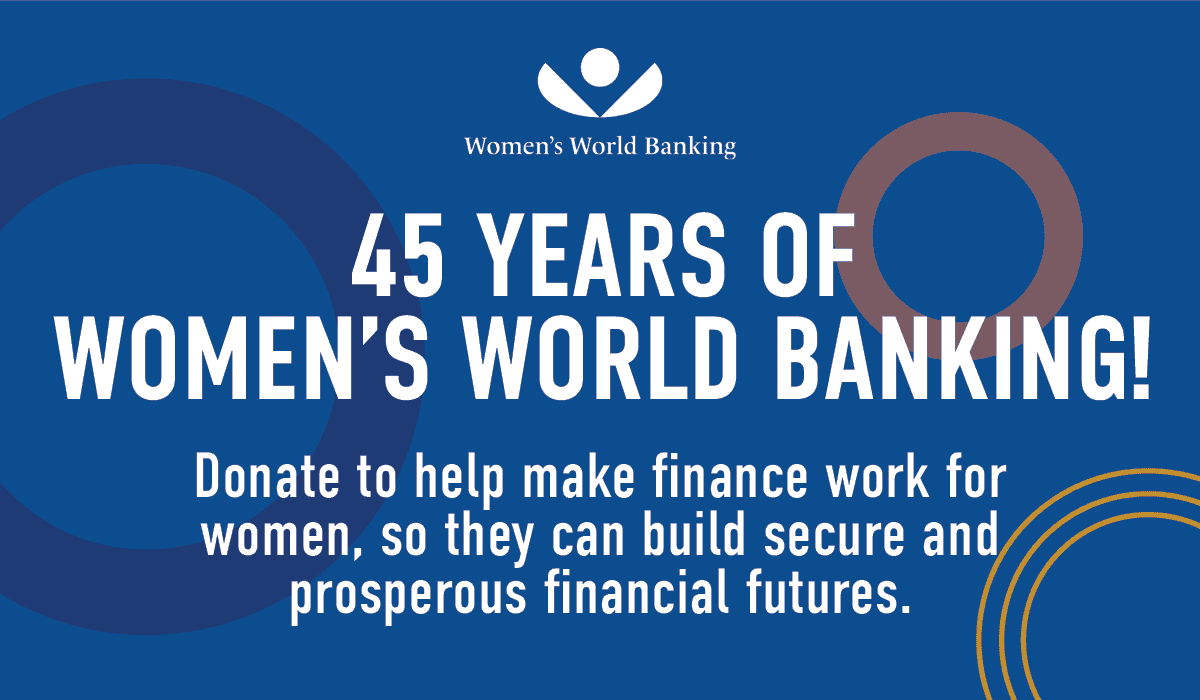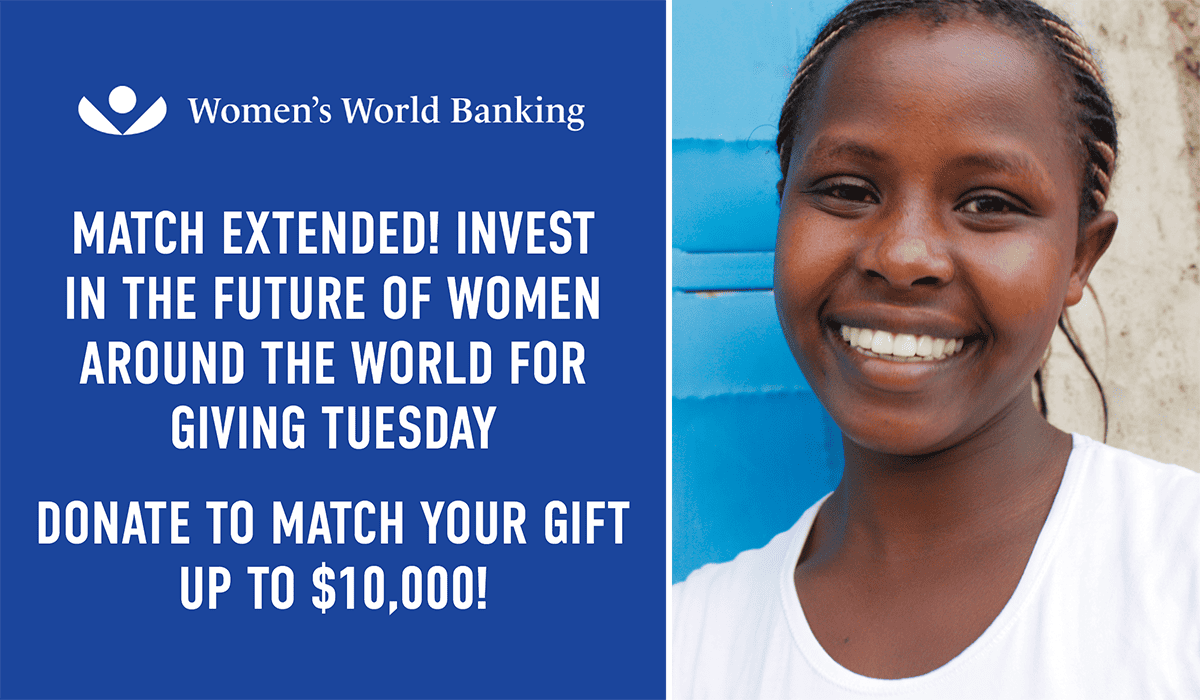What does it take to build a financial system that truly includes—and sustains—women’s participation?
At the Financial Inclusion Forum 2025, we are exploring three critical pillars—universal identification, inclusive payments, and consumer protection. Each stage reflects both the opportunities and the barriers she faces as she moves from first access to shaping the system itself.
The Five Stages of a Woman’s Financial Journey
- ID & Onboarding – “I exist. I am seen.”
A digital ID is often the first gateway to economic participation. Without it, a woman cannot open an account, access social protection, or be formally recognized. Our Policy Brief on Digital ID highlights how equitable ID systems can unlock access for millions. - Payments – “I can send. I can receive. I can participate.”
Payments are not just transactions—they are a lifeline. Digital payment systems help women safely receive wages, access government benefits, and build trust in financial institutions. But the mobile digital gender divide remains a barrier, requiring policy reforms and investment in gender-intentional infrastructure. - Consumer Protection – “If something goes wrong, I have rights.”
Without strong protections, women risk losing both money and trust. Lessons from Egypt and Rwanda show how regulations that prioritize women’s realities can strengthen confidence in formal systems. - Usage & Retention – “I’m more than a user. I’m an active participant.”
Access alone is not enough. Sustained usage requires products that meet women’s needs, leadership that reflects their experiences, and financial institutions committed to long-term engagement. Our research on inclusive leadership demonstrates how decision-makers can drive change from within. - System Change – “I’m shaping the system, not just using it.”
The ultimate goal is for women to move from being passive participants to active shapers of financial ecosystems. This requires sex-disaggregated data, policy mandates, and an intentional commitment to equity at every level.
From Identity to Impact
We began this conversation with a challenge: how can a woman fully participate in the economy without a digital identity?
We have seen how an ID can open the door to payments, protection, and power. Now the question becomes: how far are we willing to go to make this journey possible for every woman, everywhere?
The answer lies in partnership, policy, and persistence. Explore our resources below to learn more:
Policy Handbook for Women’s Financial Inclusion
Action and Policy Recommendations to Collect Sex-Disaggregated Targets
Powering Inclusion Through Policy and Partnership: Lessons from Egypt and Rwanda
How Inclusive Leadership Contributes to Women’s Financial Inclusion
Policy Brief: Bridging the Gender Gap Through Digital Identification Systems
A Practical Guide to Revolutionizing Product Design in Financial Services
IFAD Remittance Innovation Toolkit
IFAD’s Financing Facility for Remittances
Women’s World Banking’s Impact
2024 marked Women’s World Banking’s 45th anniversary and a year of extraordinary progress. By the end of the year, we had reached 87 million women and 48 million men with inclusive financial solutions, policies, and investments that drive systemic change. Explore the stories, data, and partnerships behind these numbers and join us in building a financial system that unlocks growth opportunities for all in our 2024 Impact Report.
Women’s World Banking is looking for partners to help us reach two bold goals by 2035: first, that every country has a national digital ID system that tracks women’s enrollment—driving a 20% increase in women’s use of digital payments. And second, that every country has consumer protection policies that address discrimination and ensure safe, fair products—reducing the gender gap in financial services by 10 percentage points.
It’s time for action. Email us at info@womensworldbanking.org to learn more.




